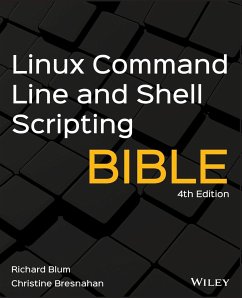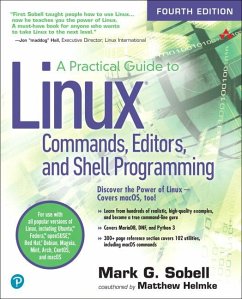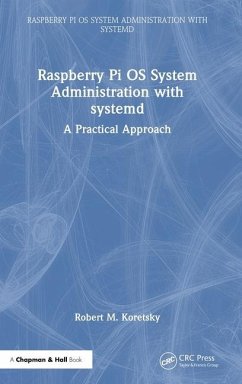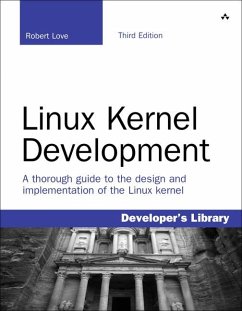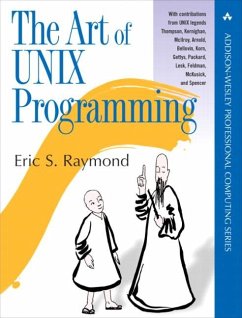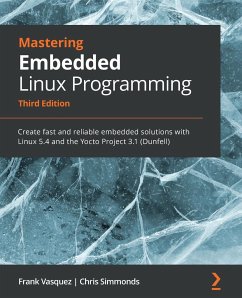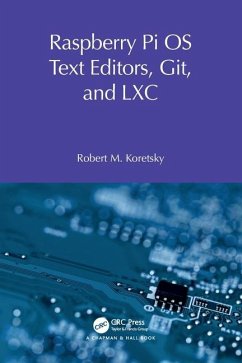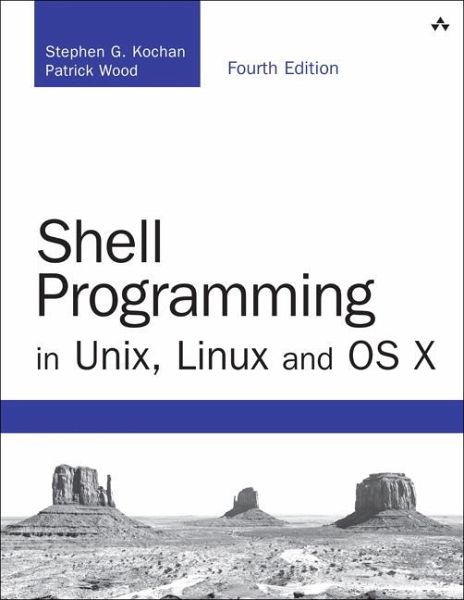
Shell Programming in Unix, Linux and OS X
Versandkostenfrei!
Versandfertig in 1-2 Wochen
28,99 €
inkl. MwSt.
Weitere Ausgaben:

PAYBACK Punkte
14 °P sammeln!
Shell Programming in Unix, Linux and OS X is a thoroughly updated revision of Kochan and Wood’s classic Unix Shell Programming tutorial. Following the methodology of the original text, the book focuses on the POSIX standard shell, and teaches you how to develop programs in this useful programming environment, taking full advantage of the underlying power of Unix and Unix-like operating systems.After a quick review of Unix utilities, the book’s authors take you step-by-step through the process of building shell scripts, debugging them, and understanding how they work within the shell’s en...
Shell Programming in Unix, Linux and OS X is a thoroughly updated revision of Kochan and Wood’s classic Unix Shell Programming tutorial. Following the methodology of the original text, the book focuses on the POSIX standard shell, and teaches you how to develop programs in this useful programming environment, taking full advantage of the underlying power of Unix and Unix-like operating systems.After a quick review of Unix utilities, the book’s authors take you step-by-step through the process of building shell scripts, debugging them, and understanding how they work within the shell’s environment. All major features of the shell are covered, and the large number of practical examples make it easy for you to build shell scripts for your particular applications. The book also describes the major features of the Korn and Bash shells.Learn how to... Take advantage of the many utilities provided in the Unix system Write powerful shell scripts Use the shell’s built-in decision-making and looping constructs Use the shell’s powerful quoting mechanisms Make the most of the shell’s built-in history and command editing capabilities Use regular expressions with Unix commands Take advantage of the special features of the Korn and Bash shells Identify the major differences between versions of the shell language Customize the way your Unix system responds to you Set up your shell environment Make use of functions Debug scriptsContents at a Glance1 A Quick Review of the Basics2 What Is the Shell?3 Tools of the Trade4 And Away We Go5 Can I Quote You on That?6 Passing Arguments7 Decisions, Decisions8 ‘Round and ‘Round She Goes9 Reading and Printing Data10 Your Environment11 More on Parameters12 Loose Ends13 Rolo Revisited14 Interactive and Nonstandard Shell FeaturesA Shell SummaryB For More Information




